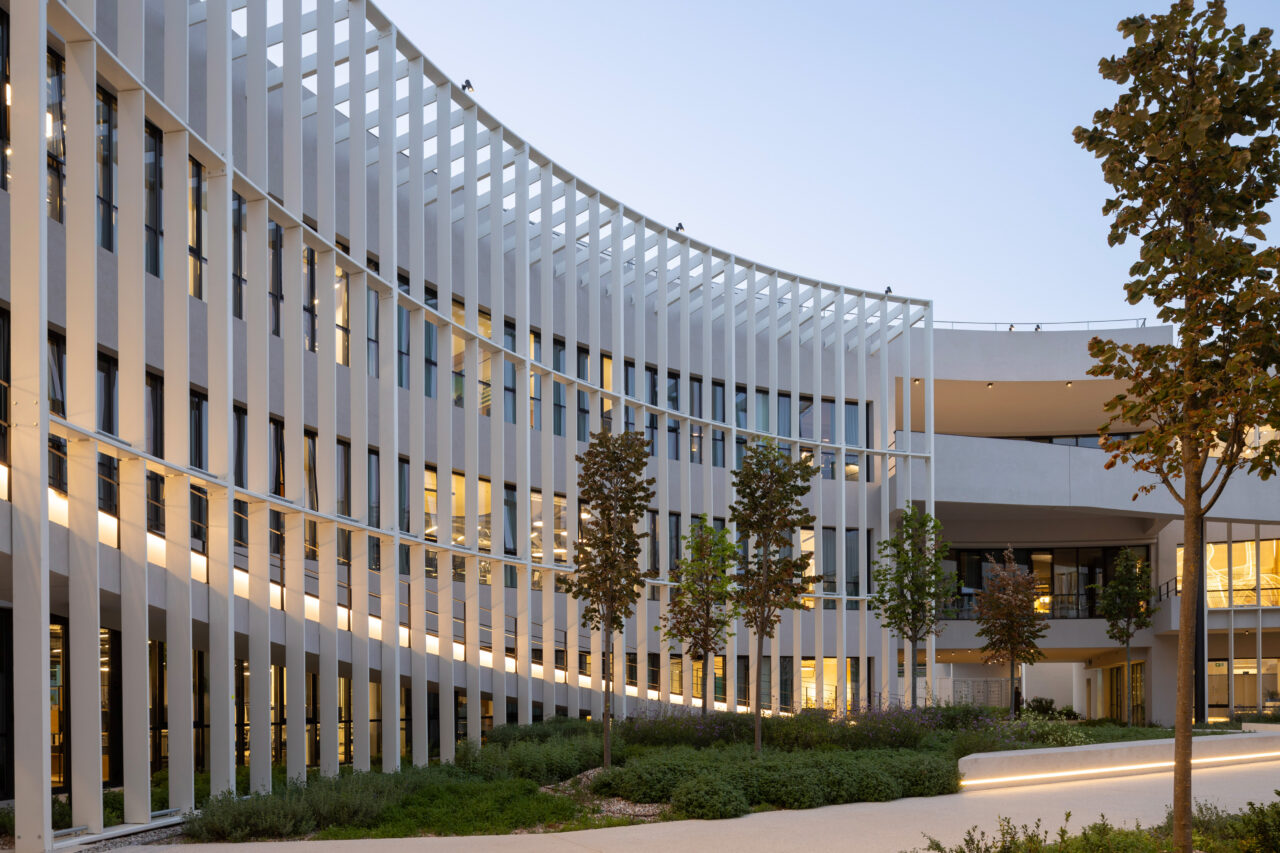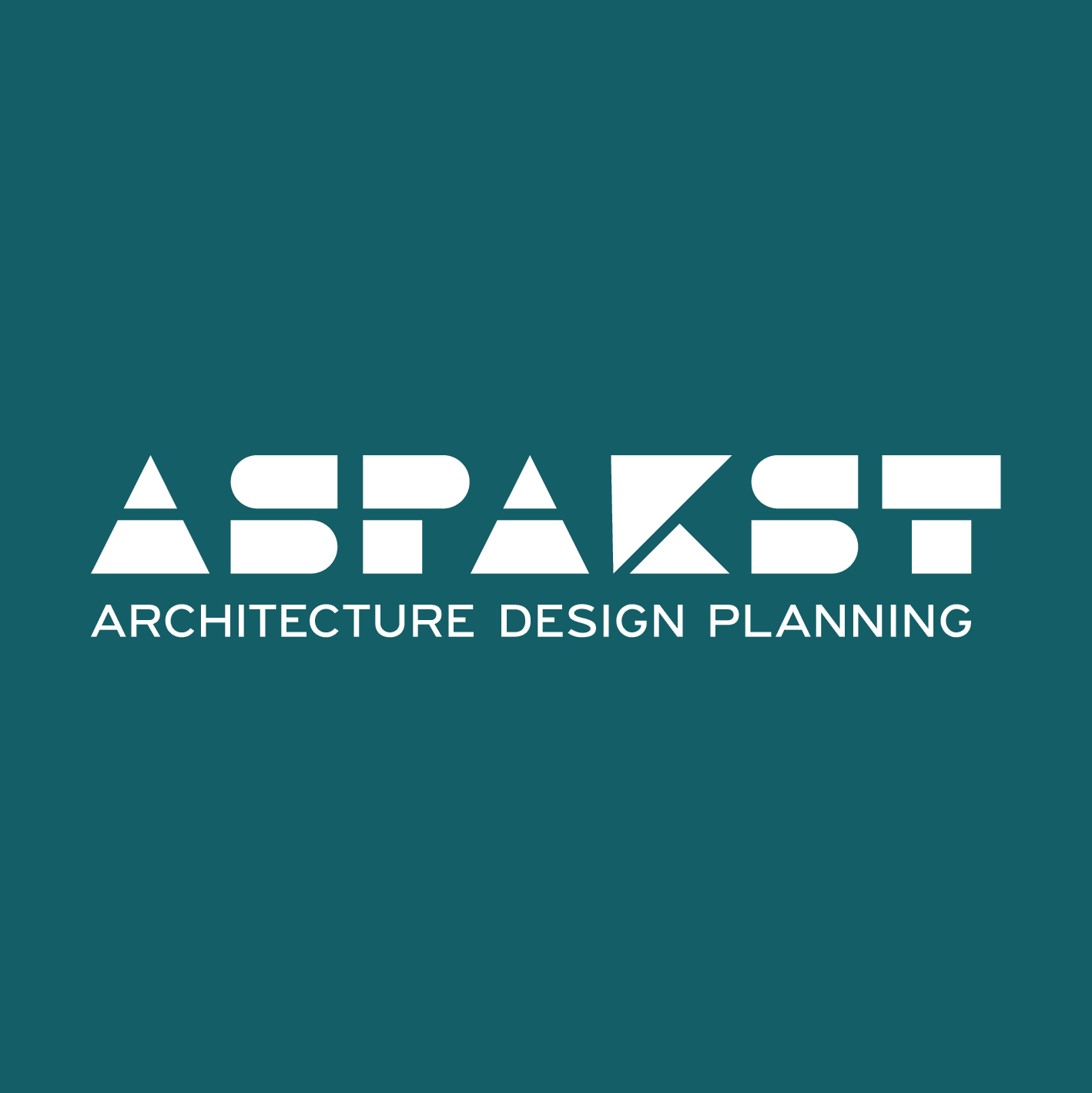Silver Winner of the International Architecture & Design Awards 2024
Architect / Designer:
SPYROS TSAGKARATOS
Studio:
ASPA KST
Design Team:
ASPA KST team: Spyros Tsagkaratos, Zozo Koutsanellou, Alexandra Vlachou, Loukia Mavroeidi, Stella Pavlidou, Tina Tsagkaratou.
Structural engineering: P. Panagiotopoulos & Associates
Mechanical engineering: DASE
Traffic study: Dromos Ltd.
Construction: Ballian Techniki S.A.
LEED Consultants: DCarbon
Acoustics Consultants: G. Hatzigeorgiou, H. Moraitis
Landscape architects: H. Pangalou & Associates
Interior design: Urban Soul Project
Lighting Designers: LA Studio – Aris Klonizakis
Copyright:
Nikos Daniilidis, Giorgos Sfakianakis, Yorgis Yerolympos
Country:
Greece
Kaizen Campus is located in a prominent intersection in Athens, with high levels of visibility and exposure. The main focus points of the design are aesthetics, environmental impact and user experience.
The inner courtyard serves as the social and functional heart of the complex, with ramps, entrances, resting areas and vertical circulation that ensure connectivity but also subdivision. There are four funnels/ connection points between the inner courtyard and the exterior landscape, oriented in a way that draws the circulation in and ensures a seamless circulation in and around the building.
The building has been designed to be functional and user friendly. All interior spaces benefit from natural light and air flow and all three floors are interconnected either from the interior or with exterior ramps. The façade design provides shading and filters the noise while accentuating the elliptical shape of the building via the repetition of the vertical louvers.
The project is registered with the certification goal of LEED® GOLD. The materials of the façade, the limited use of glazing, the green roofs and the landscape treatment are among the things that ensured the environmental performance of the project.
Only local vegetation has been used. All trees, bushes etc are endemic to the Attica region of Greece. Some characteristic examples of vegetation are: Tilia Tomentosa, Cercis Siliquastrum, Pistacia Lentiscus, Phillyrea Angustifolia, Myrtus Communis, Perovskia Atriplicifolia. The trees that were located in the plot before the development started have been replanted and integrated in the landscape.
The project is situated in close proximity to public transport. The Neratziotissa train station is located within a five-minute walk from Kaizen Campus and so are four bus stops that connect the site with the center of Athens and the north suburbs.
Kaizen Campus has been designed with the user experience as its main priority. This shows both in the interior of the building and in the exterior space. In Athens, due to the climate, much of the socialization happens outside, which is why the building has been designed with blurred boundaries between the interior and the exterior spaces.
All office spaces benefit from natural light and cross ventilation. The building includes social areas, internal and external, where the users of the space can interact, relax and socialize. There is a restaurant for the users and the guests and smaller pockets of social spaces on all floors.
The central courtyard provides multiple locations for gatherings of different sizes and characters to encourage positive and informal interactions between the office staff, in a relaxed environment, in the aromatic gardens.
ASPA KST
ASPA KST architecture design planning was established in 1990 in Athens, by a group of professionals with expertise in architectural design and urban planning in both public and private sectors. For the past thirty years, ASPA KST has grown to become an international office with projects in Greece and abroad and one of the largest architecture and design practices in Greece.
In 2020, ASPA KST opened its UK branch, in London. The company’s work extends to all scales, from urban planning to architecture, to interior design. The projects range from residential, restaurants and hotels to hospitals, shopping malls and office buildings, as well as masterplans and urban design. We are committed to creating architecture and urbanism that has a positive impact on the world around us, both from an aesthetic and an environmental point of view.



